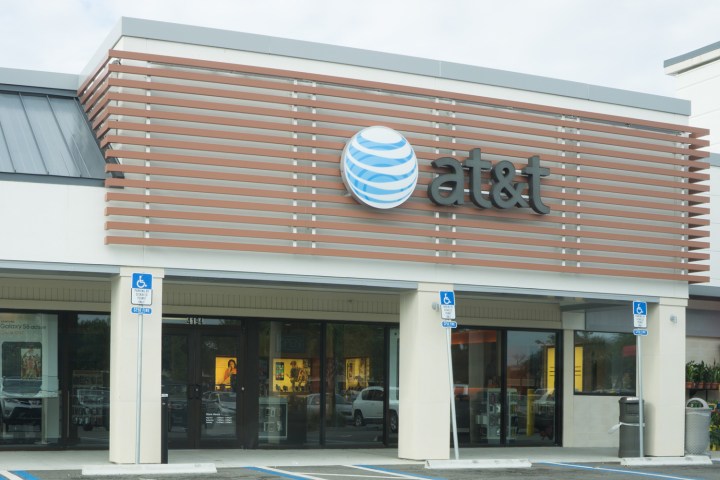
“To help support the massive growth of mobile internet usage and free up spectrum for newer technologies, we discontinued service on our 2G wireless networks January 1, 2017,” AT&T Chief Strategy Officer and Group President John Donovan wrote in a blog post. “The retirement of our 2G network … is part of our 5G Evolution, which includes continued deployment of our 4G LTE and other technologies in the years to come.
AT&T says it will uses the newfound spectrum for “future technologies network technologies,” including 5G and LTE. “In the next few months, we plan to repurpose that spectrum for LTE.” And the firm will bolster its HSPA-based 3G network, which handles the carrier’s voice traffic not traveling over its LTE network.
“Newer, faster technologies will improve the wireless experience,” he wrote. “IoT customers will be able to better serve their customers with improved applications and solutions because of the higher speeds of the upgraded network. Mobility customers will enjoy faster speeds to share photos and watch video.”
AT&T says that since 2007, data usage on the network has grown by 250,000 percent.
The shutdown will impact some of AT&T’s existing subscribers, but the carrier says it made an effort to migrate those affected well ahead of the January shutdown. Of the 4 million connections on its 2G network as of the third quarter of 2016, the company managed to migrate around 2 million accounts.
As The Verge points out, the shutdown of AT&T’s 2G network means that the first-generation iPhone will no longer receive service.
And neither will the San Francisco Muni bus and train system, NextMuni. The legacy network, which the city used to predict the arrival times of buses and trains, relied on AT&T’s last-gen wireless. Muni vehicles without upgraded systems don’t show on NextMuni, a problem San Francisco transit officials believe could take weeks to solve.
“Prior to the shutdown, we communicated frequently with our customers about upgrading to newer technologies,” Donovan said. “And we wanted it to be easy to do, so we offered discounts and free devices to eligible customers.”
Rival T-Mobile responded to the shutdown last month with a new promotion. It’s offering AT&T Mobility IoT customers free SIM cards, free 2G service through the end of the year, and up to 50MB of connectivity per device each month. And it is promising support for 2G services through 2020, and to provide LTE modules to those who seek long-term support.
Verizon has pledged to shutter its 2G network by the end of 2019. But its decision hinges on the migration of voice traffic to LTE-based VoLTE service.
AT&T first announced plans to shut down its 2G network in 2012.
Editors' Recommendations
- T-Mobile still has the fastest 5G, but its rivals are catching up
- T-Mobile’s 5G Ultra Capacity network has four times the coverage of Verizon and AT&T
- T-Mobile’s 5G network just beat Verizon and AT&T (again)
- The sordid history of 5GE, or when 5G isn’t 5G at all
- T-Mobile wants you to test drive its 5G home internet


